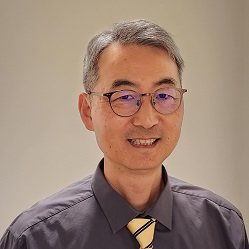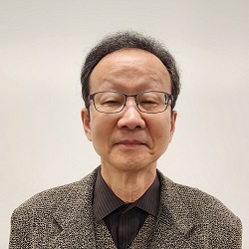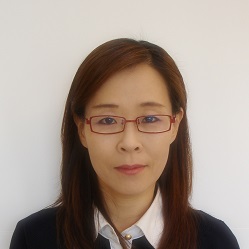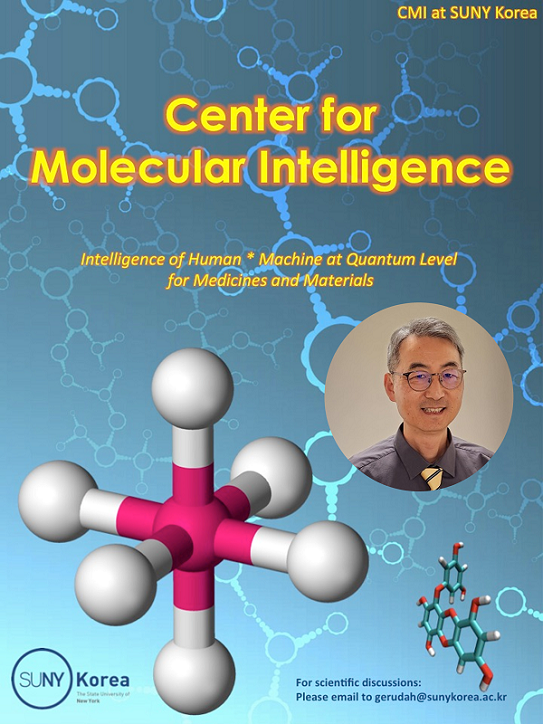

From the Director
At CMI, located at the Incheon Global Campus of the State University of New York, we are passionate about unraveling the intricate mysteries of life at the molecular and quantum level. Our dedicated research center is committed to exploring the fundamental basis of life through highly interdisciplinary approaches.
We tackle three primary challenges that drive our scientific endeavors. Firstly, we strive to overcome the experimental challenges associated with studying life phenomena at the molecular and atomic level, where quantum principles dominate. By pushing the boundaries of knowledge, we aim to unlock new insights into the workings of life itself.
Secondly, we aim to bridge the microscopic world of trillions of cells with real-world bodily phenomena. Our mission is to establish a comprehensive biology model that seamlessly integrates these realms, providing a deeper understanding of the complex processes that govern life's functions.
Lastly, we are driven by the pursuit of developing medicines that can achieve efficacy without harmful side effects. Through innovative research and cutting-edge technologies, we strive to contribute to the advancement of medical science and improve the well-being of individuals worldwide.
We invite you to explore our website and discover the groundbreaking research, visionary scientists, and transformative discoveries that define CMI. Join us on this exciting journey as we uncover the molecular intelligence that underlies life itself.
Welcome to CMI, where scientific curiosity meets molecular enlightenment.
Sincerely,
Howard Shin, Ph.D.
Center for Molecular Intelligence, SUNY Korea
2012
The year of
foundation
10
10+ countries of
international collaborations
50
50+ institutions
of collaboration
80
80+ Scientists of
collaboration
SUNY Korea was established in March 2012 as the first American university system in Incheon, South Korea. In 2012, Stony Brook University which is a prestigious university that represents the SUNY system began to offer programs in South Korea as part of the Ministry of Education’s decision to serve the transnational needs for quality and global education.
Our center was first established as “CEWIT Center for Systems Biology” at SUNY Korea in 2012 focusing on the systems approach in developing therapeutics for chronic degenerative diseases.
In 2017, it was re-established as “Center for Molecular Intelligence” focusing on bridging the gap between macroscopic biology and molecular quantum physics by using computational and digital approach based on S.Q.U.I.D. molecular system.
2023 Review, Eckols in anti-neurodegeneration
2022 Discovery, Eckols selectively kills cancer cells
2021 Discovery, Eckols protect from noise-induced hearing loss
2020 Discovery, Regioselective O-Alkylation of Dieckol
2019 Discovery of Conformational Isomerism of Eckol
2018 Discovery of Unique Electrochemical Property of Dieckol
2017 The 2nd International Workshop on Nano-Bio Photonics
2016 Discovery, eckols enhance human hair growth
2015 Discovery, BBB-penetrating Effect of Dieckol
2013 World 1st Phase 1 study on Eckols
2012 Symposium “Current Understanding of Alzheimer’s Disease
Our People
Howard Shin
Research Professor
Medicinal chemistry, bio-organic chemistry,
enzyme chemistry, digital chemstry
Rm 410
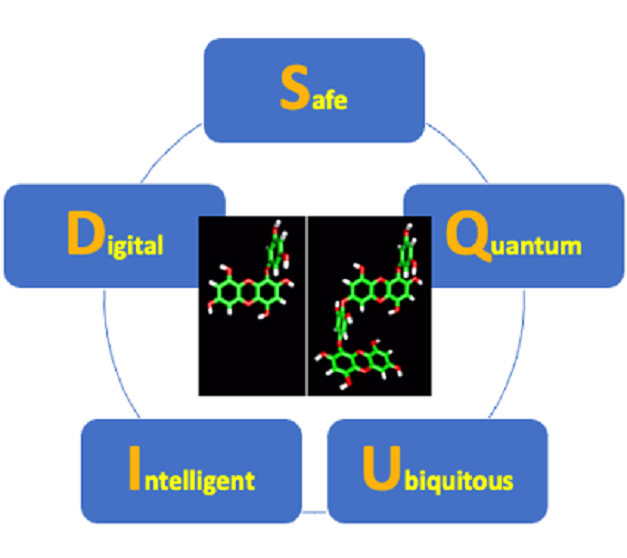
S.Q.U.I.D. Molecular System
One of our approaches to tackling these challenges has been inspired by the molecular system found in certain brown algae, known as "Marine Polyphenols." This remarkable system is based on a single monomer called "Phloroglucinol," which can generate an unlimited variety of molecular structures depending on the number and arrangement of monomers involved.
What sets this molecular system apart is its unique combination of medicinal potentials, not found in other molecular systems. We have recently coined the term "S.Q.U.I.D." to represent this exceptional combination.
- Safe: These molecules are non-toxic and free from side effects.
- Quantum pharmacological: They can interact with cells at the quantum level, enabling more effective and precisely targeted treatments.
- Ubiquitous: These molecules have the ability to access a wide range of cellular, subcellular, and systemic spaces.
- Intelligent: They can adapt to the biological context, enhancing their effectiveness without compromising safety.
- Digital: These molecules can be manipulated using digital technology, forming a platform for small-molecule pharmaceuticals.
We firmly believe that the S.Q.U.I.D. molecular system holds immense potential to revolutionize the field of therapeutics. By comprehending the molecular basis of life in conjunction with this innovative molecular platform, we can develop new drugs and therapies that are not only more effective but also safer and more affordable.
At CMI, we are driven by the vision of transforming the way diseases are treated. Join us on this groundbreaking journey as we explore the possibilities unlocked by the S.Q.U.I.D. molecular system.











